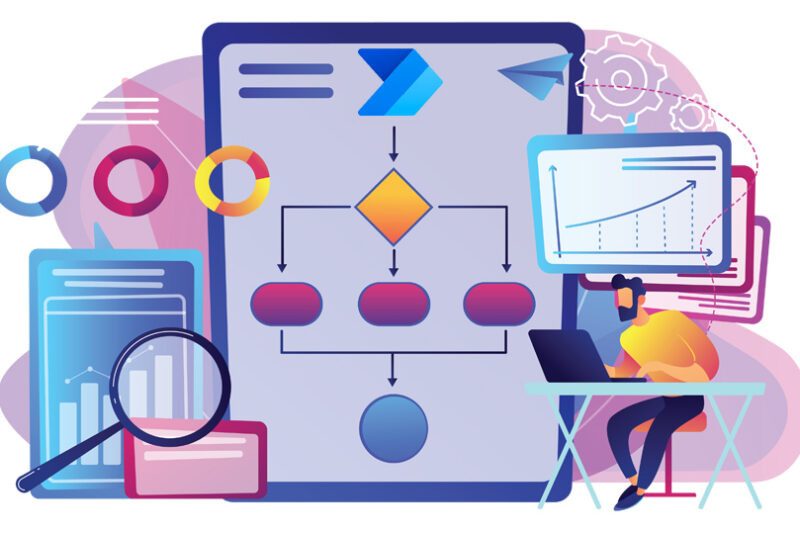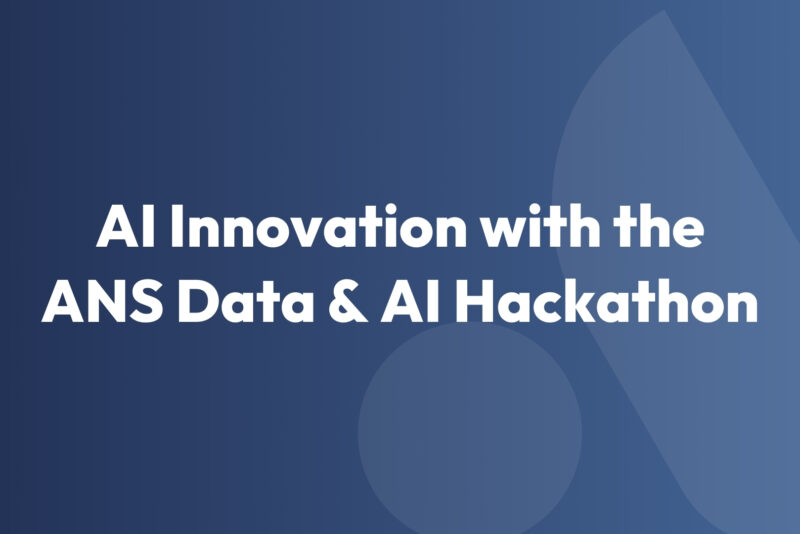The University of Sunderland organised its inaugural Power Apps Hackathon on March 28th in partnership with ANS Group, Microsoft and Durham Police. The hackathon saw six teams from the university competing over two days to create innovative solutions using Microsoft Power Platform, that tackle the challenges Durham Police face every day and increase their efficiency.
The hackathon provided an excellent platform for the students to develop their technology skills and apply them in real-life scenarios under the guidance of technology leaders like Microsoft and ANS Group.
The judging panel saw members of ANS, Microsoft, Durham Constabulary, and the University of Sunderland cast their votes and decide on the winner. The ‘Fits the Bill’ team won after creating a mobile application solution to capture and audit thousands of policing assets that seamlessly integrate with Microsoft Teams, enhancing communication and coordination efforts for members of the Force.
The event further demonstrated ANS’s commitment to nurture young talent in the local community and grow next-generation tech leaders. Over the last ten years, 250 apprentices have graduated from ANS Academy, rated ‘outstanding’ by OFSTED, with highly sought-after tech qualifications in areas such as infrastructure engineering and information communication technology. ANS also provides opportunities for students to tour Fusion, its headquarters in Manchester, where they can shadow professionals across various job roles and learn more about the career opportunities awaiting them in tech.
Janet Robb, Director of Customer Enablement at ANS, said: “Taking part in a Hackathon is a way to experience not just the tech, but the ability to how a project is initiated right way through to adoption – an opportunity to stretch skills, find new ones and make new friends, it’s equally for the business than IT professionals”.
ANS had a strong team of Power App professionals in attendance to oversee and share their knowledge with the students at the Hack. This team included Lauren Wallace (D365 Configuration Consultant), Chris Tofts (Power Platform Solution Architect), Keith Atherton (Power Platform Solution Architect), Paul Cairns (Power Platform Consultant), Phil Cole (D365 Senior Technical Consultant), and Andrew Gray (Power Platform Configuration Consultant).
ANS CEO Rich Thompson commented: “I’m incredibly proud of our team at ANS stepping up to nurture a new generation of promising Power App enthusiasts. I’m confident that such initiatives will inspire more young talent to pursue careers in the tech industry.”





